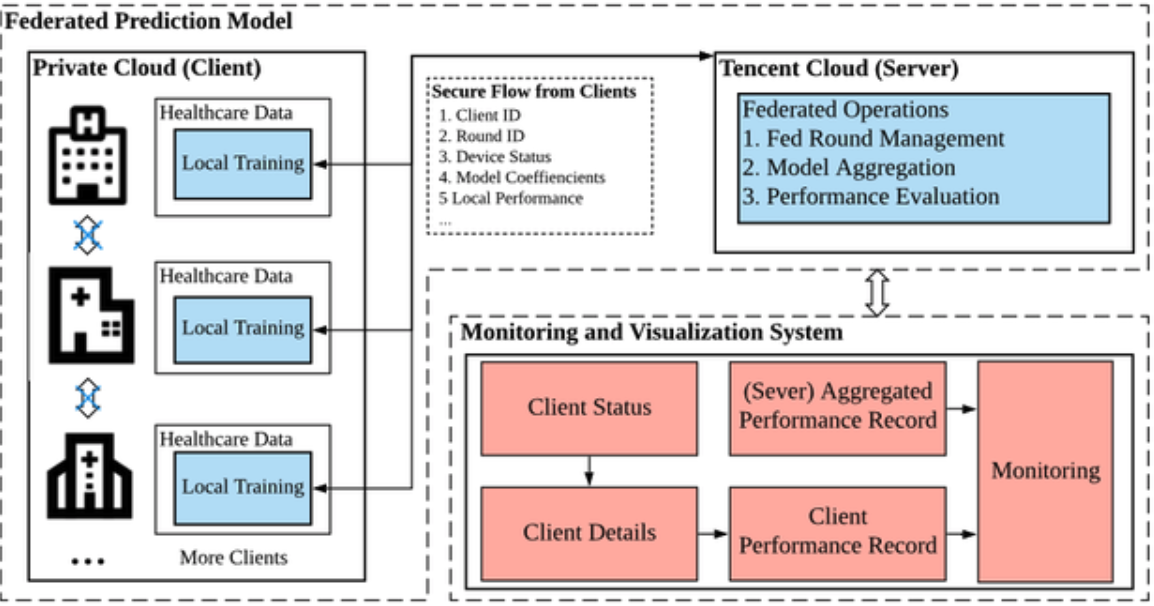...
Blueprint overview/Introduction
<Purpose- it should introduce what the blue print is about, industry, business use case, applications and where it sits on the edge infrastructure>
<It should be readable by a semi technical audience , e.g. product marketing, business account executives etc>
Use Case
<use case 1>
<use case 2>
The AI Edge is an Akraino approved blueprint family and part of Akraino Edge Stack, which intends to provide an open source MEC platform combined with AI capacities at the Edge, and could be used for safety, security, and surveillance. The MEC platform, which named ote-stack, targets on shielding the heterogeneous characteristics through underlying hardware virtualization and providing an unified access for cloud edge, mobile edge and private edge. In addition, the AI Edge utilizes the cluster management and intelligent scheduling of multi-tier clusters to enable low-latency, high-reliability and cost-optimal computing support for running AI applications at the edge. At the same time, it makes device-edge-cloud collaborative computing possible.
This blueprint mainly focuses on building an edge federated ML platform to implement federated ML algorithms on servers in the edge.
Use Case
<use case 1: Federated Learning in Privacy Protection>
Facial recognition, voice assistant, and many other AI application require continuous training and optimization to get better performance. The traditional way is uploading the data into a centralized data server to finetune the machine learning model. But since these data may contain some privacy Infomation like facial image and voice data, it is dangerous for users to allow the producer to gather them. And since the enacting of GDPR, gathering these privacy data may cause the service provider faces some legal issues.
Federated Learning provides a solution to this dilemma. Rather than training the model in a centralized server, federated learning can allow the model to be trained on the edge devices where the data generated and only gather the gradient and model output, which can not be used to deduce the input data. In this way, the model can be updated safely and legally, users' privacy is protected and providers can update their models without any concerns.
<use case 2:Federated Learning in Data Gathering>
Deep learning is a promising way in aiding medical treatment and diagnosis, but an effective model requires quite large amounts of different data to converge. And the lack of sufficient training data is the biggest obstacle to developing AI models for medical applications.
Federated learning provides a safe tunnel across different medical institutions like hospitals and clinics, so that they can use train their own AI model with the data from multi-sources and without worry about the law issues and privacy problem with the help of Federated learning.<use case 3>
Where on the Edge
Business Drivers
...

